NASA’s Curiosity rover has delivered breathtaking new images of Peace Vallis, an ancient river channel carved into the Martian surface. These photographs provide a vivid glimpse into Mars’ watery past and continue to raise fascinating questions about the planet’s ability to host life billions of years ago.
What the images reveal
The images showcase jagged rock formations, layered sediments, and eroded valley structures that strongly suggest flowing water once coursed through this region. Scientists believe these deposits were created as streams carried material into Gale Crater, leaving behind geological clues about the planet’s ancient climate.
Key observations include:
- Sharp-edged rock outcrops shaped by erosion.
- Ridges and channels resembling sediment patterns formed by rivers on Earth.
- Variations in rock color and texture, pointing to a diverse mineral makeup.
Why Peace Vallis matters
Peace Vallis is one of the clearest pieces of evidence that water once shaped the Martian landscape. For researchers, it confirms that Mars had the right conditions to sustain long-lasting bodies of water. This makes it a prime location for studying how the planet evolved and whether it could have supported microbial life.
Looking ahead
Curiosity will continue its exploration of Gale Crater, examining the chemical composition of rocks and sediments to reconstruct Mars’ environmental history. Each new discovery helps scientists build a clearer timeline of the planet’s transformation from a wetter, potentially habitable world to the arid desert it is today.
The rover’s work not only advances planetary science but also fuels humanity’s curiosity about whether life once existed beyond Earth.

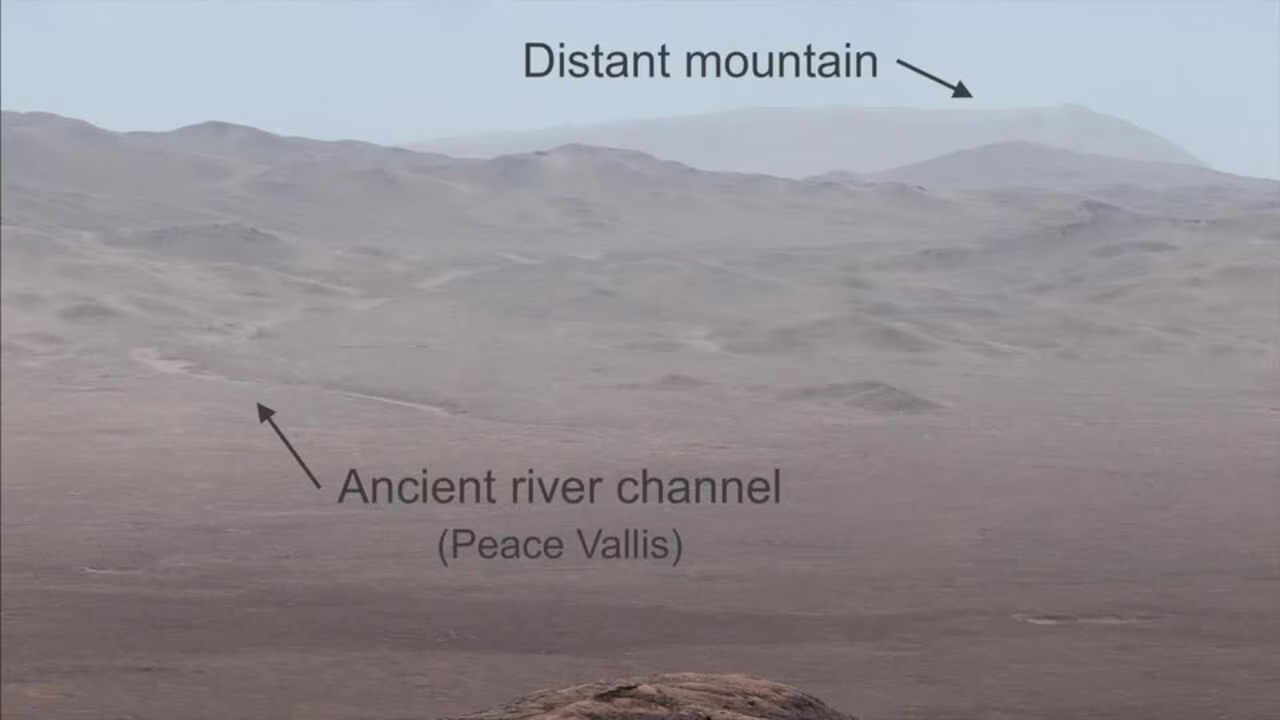
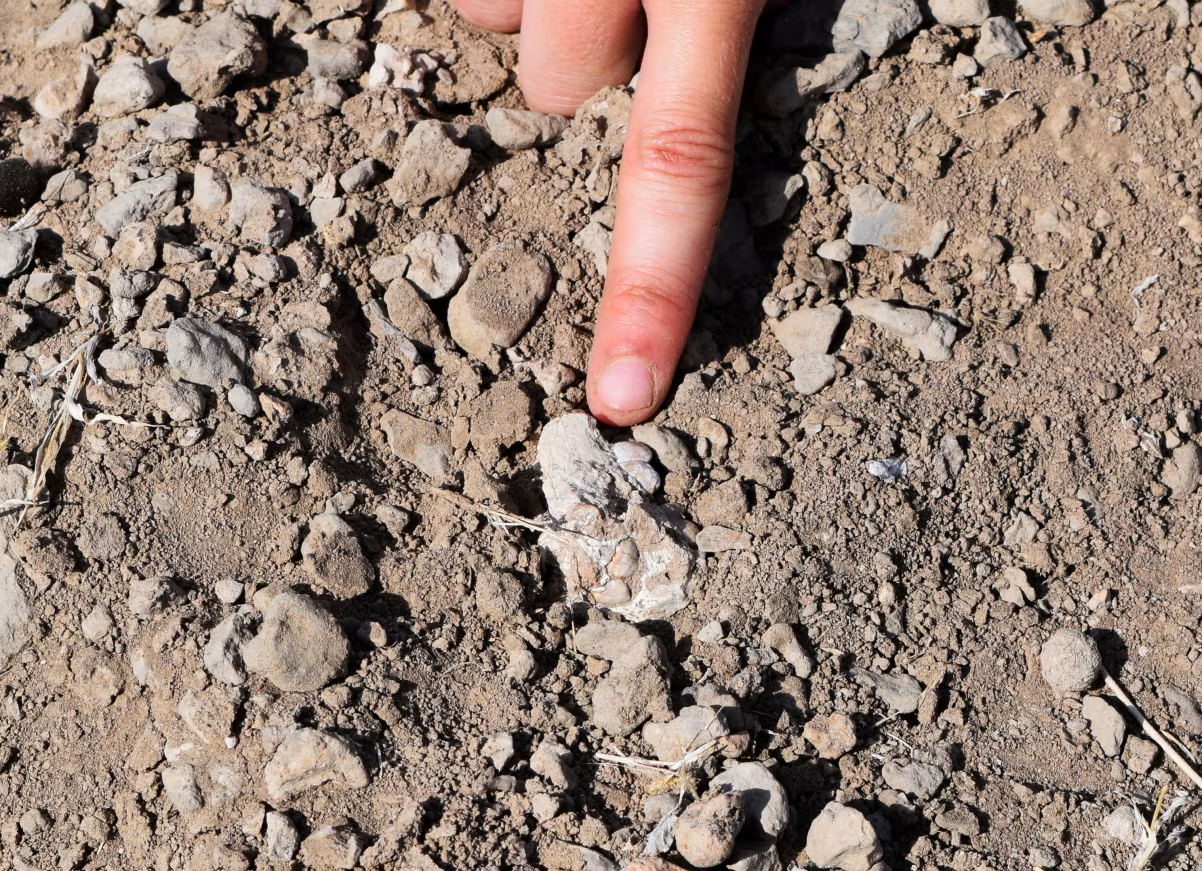
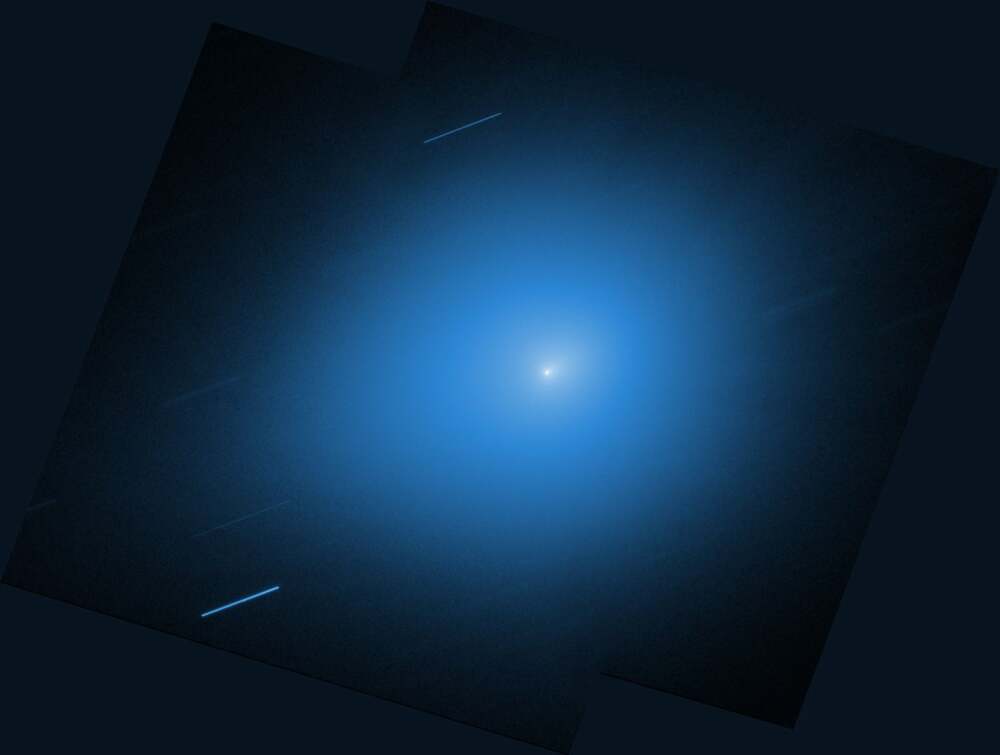
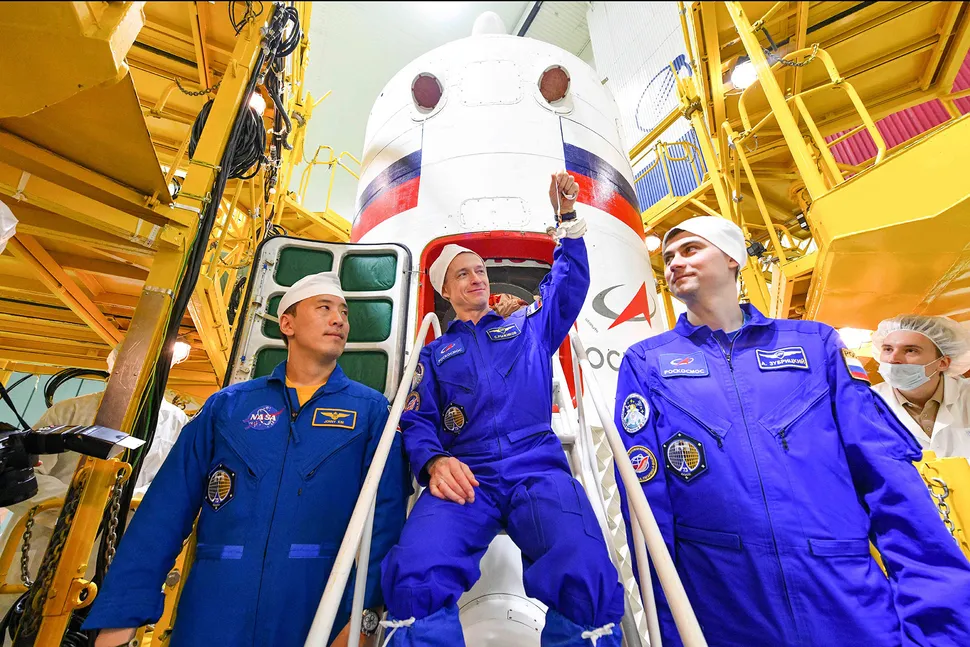
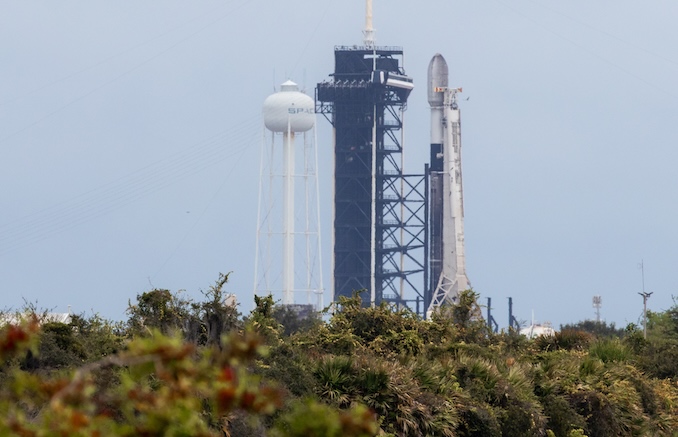



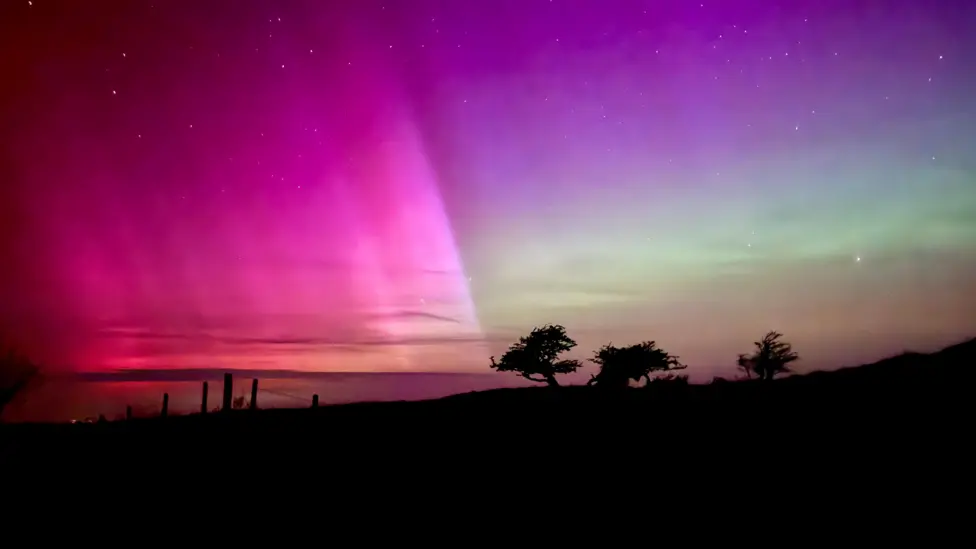
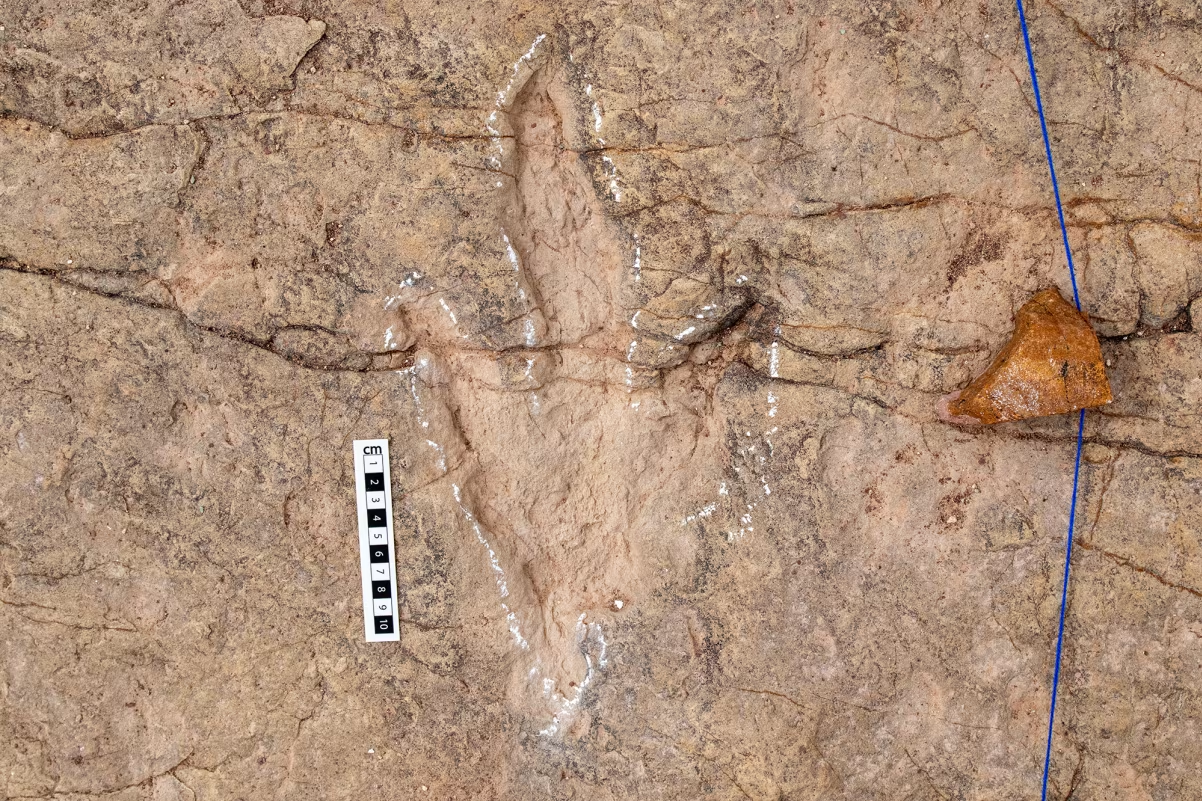





Leave a Reply